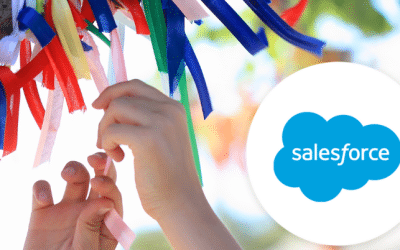Effective advocacy messaging starts with a clear campaign goal or objective. Having an advocacy software platform is critical in achieving that objective alongside creativity and ingenuity of advocacy practitioners. Aside from the focused goal and your advocacy tool, there are some best practices when it comes to crafting effective advocacy messaging for campaigns ranging across the issue spectrum. Here are some details to consider when creating your advocacy communications:

Informative
Your advocacy messaging should have an informational component that tells the audience of a policy development. Your audience or stakeholders should never have to ask why you are contacting them. Your messaging should directly relate to a current happening and you should provide the basic context, timeliness of the message, and summarize the goal or objective with clear connections to the core of the message i.e., bill, regulation, hearing, etc.
Emotional
Your advocacy messaging should have an informational component that tells the audience of a policy development. Your audience or stakeholders should never have to ask why you are contacting them. Your messaging should directly relate to a current happening and you should provide the basic context, timeliness of the message, and summarize the goal or objective with clear connections to the core of the message i.e., bill, regulation, hearing, etc.
Actionable
Most advocacy campaigns in the modern era have a goal or objective that is tied to a number of actions or advocate participants. In order to drive those numbers up, your advocacy messaging needs to be actionable. Even in informative messages, there should be a secondary and tertiary way for advocates to remain active and involved with your organization. You may prompt an advocate to sign a petition, write to Congress, or even share with a friend to donate or sign up for an event. Irrespective of the type of action your advocacy messaging should be rooted in a main action and subsequent actions that allow advocates to rise up the “ladders of engagement.” Without an actionable appeal your advocacy messaging runs the risk of being a general update or press release.

Segmented
Effective advocacy messaging is always targeted and tailored to a segmented audience. Informational “blasts” aim to reach the greatest number of people while advocacy messages aim to reach the right people that will act upon the information. Audience segmentation can’t be achieved through one message alone and requires patience, testing, and a degree of trial and error. Audience segmentation can be mundane and time consuming, but it is an essential step in crafting effective advocacy messages and will pay large dividends to your overall grassroots/advocacy program.
iMission Institute is a nonprofit marketing agency that helps organizations develop and deploy their issue advocacy strategy. It’s an urgent time, so let’s get the conversation started. Email us directly at info@imissioninstitute.org.
Chazz Clevinger serves as Chief Executive Officer of OneClickPolitics – an award-winning, nonpartisan digital advocacy software and consulting company in Washington, DC with hundreds of clients across the United States, Canada, and Australia. Recently, Chazz was awarded the “Best Advocacy Technology Platform” of 2020 by Campaigns and Elections on behalf of OneClickPolitics.



